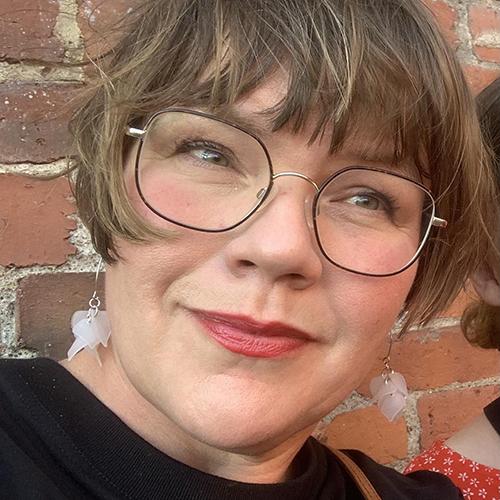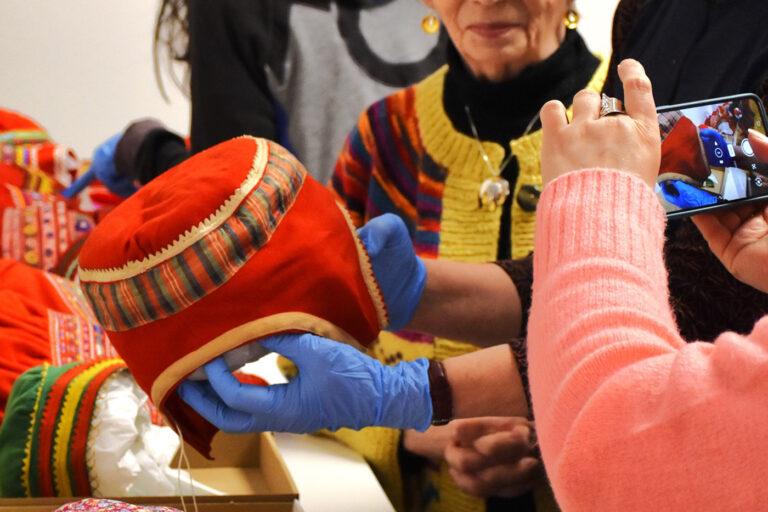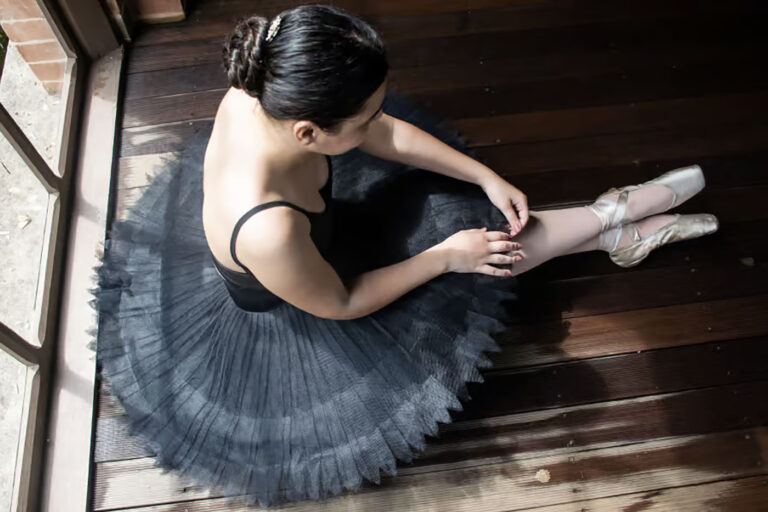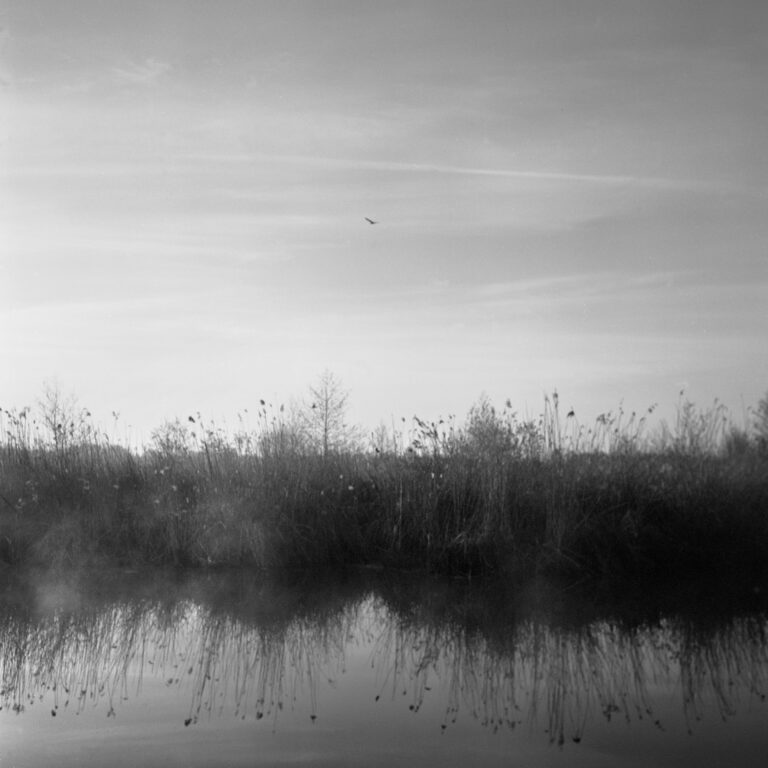With early music around the Baltic Sea, and into the world of linguistic joy on the wings of poetry
The Helsinki Baroque Orchestra studies and plays classical music of the Baltic Sea region from the 18th century, and the Kirsi Kunnas centenary year spreads the happy message of playing with language.
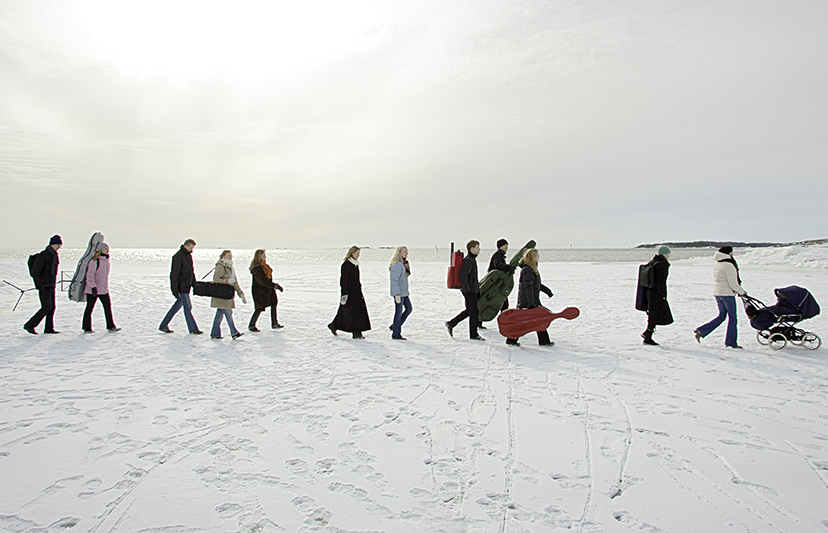
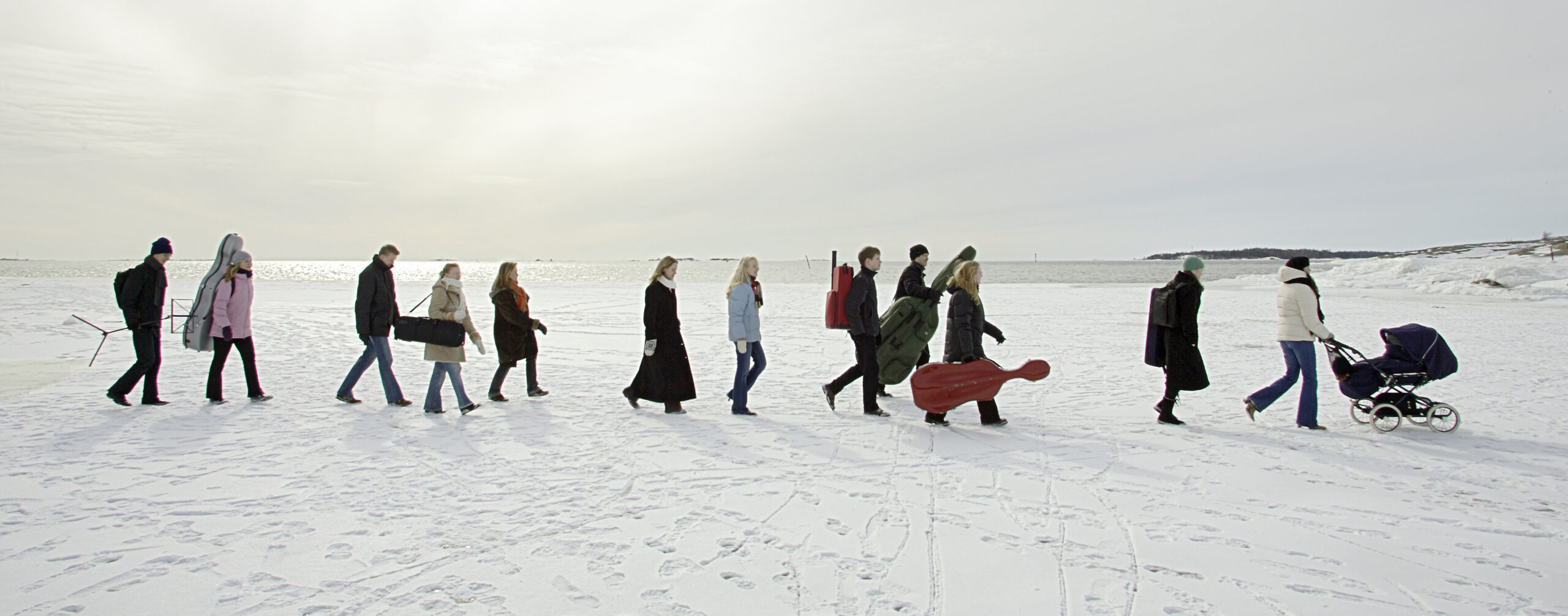
Teksti: Reeta Holma
In the coming years the Helsinki Baroque Orchestra, which focuses on early music, will delve into the history of classical music in the Baltic Sea region with the support of the Finnish Cultural Foundation. The three-year project, which is interesting both musically and in terms of cultural history, is big on the orchestra’s scale, says Aapo Häkkinen, artistic director of the Helsinki Baroque Orchestra. “Without external support, it would not be possible for us to engage in such large projects extending over several years.”
The northern dimension has received relatively little attention in the study of early music and performance practices, as more southerly German and Italian music has left it in the shadows.
Now, the musical heritage of the Baltic Sea region is brought to the fore in a new way. During the project, music from the middle of the 17th century to the beginning of the 19th century will be performed. For example, the flourishing art of the Hanseatic cities of the 17th century and the lively and international musical life of 18th century Sweden are highlighted.
The area of Finland at that time can be characterised as a musical backwater, but as a part of Sweden it was nevertheless closely involved in the cultural circle of the Baltic Sea. The biggest centres for art were elsewhere: in Hamburg, Lübeck, Stockholm and Riga.
“Cultural bridges were also formed to these cities from Finland, which we are trying to outline in this project,” says Häkkinen.
Concerts related to the cultural history of the Baltic Sea are organised at the Helsinki Music Centre, and the intention is to also go on tour with the programme in Finland and abroad. In addition to themed concerts, lectures and discussions, online seminars and publications are planned, which will help the music and cultural history of the Baltic Sea region reach audiences who cannot come to listen to the music.
“The seamless interaction of research and practical music-making is at the heart of the Helsinki Baroque Orchestra’s activities,” says Häkkinen. The orchestra’s artistic design heavily relies on research in musicology and music history, and a key part of its work is to bring out the previously unknown, historically important repertoire of early music. “Many of these unique works are even being heard for the first time since the time they were composed.”
The world of Kirsi Kunnas’s poetry is celebrated in 2024
Kirsi Kunnas (1924–2021) paved the way for modern Finnish children’s poetry with her collection Tiitiäisen satupuu (Tiitiäinen’s fairytale tree) in 1956. She created a world of child-centred poetry that understands a child’s world, plays with words, letters and thoughts, and speaks to adults as well.
Located in Lempäälä, the PiiPoo Cultural Centre, which operates regionally and nationally, is planning a Kirsi Kunnas centenary year for 2024 to celebrate the literary heritage of Kunnas. As a result of the cooperation of a large number of organisations, an artistically diverse programme is being created. Based on equality, poetry, the power of thinking, kind-hearted anarchy and playfulness, the project invites people of all ages from different parts of Finland to come along.
“Kirsi Kunnas practically gave birth to the genre of children’s poetry in Finland, which is a huge thing. She was a significant figure in cultural history and an artist of the entire nation,” says PiiPoo’s executive director Pilvi Kuitu. “Kirsi’s poems are not glossy images. They have unruly children and all sorts of life in them. I hope that the centenary year will also have the flavour of life and not be a mausoleum.”
Kunnas talked a lot about supporting children’s linguistic development and how words and language are the key to expanding thinking. Playing with language, enjoying the rhythm of poetry and having fun with rhymes were the cornerstones of her poetics.
“There is a lot of talk these days about challenges in reading. If reading is a technical achievement that lacks the ability to enjoy playing with language, it lowers motivation,” says Kuitu.
The centenary year invites cultural actors all over Finland to celebrate Kunnas in the spirit of playful and kind-hearted anarchy; to raise the themes of children’s poetry, the joy of reading and poetry aimed at adults into a common discussion; and to train preschool and elementary school teachers to use poems and literary art in their work. The project also extends beyond Finland’s borders as a collaboration with Finnish schools operating around the world.
According to Kuitu, Kirsi Kunnas had a strong idea that children are artistic actors, and that play is art and art is play. She tells a story about her childhood when she lived with her family in Ylöjärvi and went to a poetry club on Saturdays.
“One Saturday, a woman came to the poetry club with whom we created rhymes and poems together. She became very enthusiastic about us children and what we were doing. I remember how she looked at us admiringly. At that moment, I realised that I became visible through art and was a colleague of hers – an artist myself. The woman was Kirsi Kunnas, and this meeting has showed the way to my own path in culture.”
The Helsinki Baroque Orchestra Association was awarded 110,000 euros for the implementation of the Cultural History of the Baltic Sea in the 18th Century project, and the Friends of PiiPoo Cultural Centre association received 100,000 euros for the national Kirsi Kunnas 100 cultural project in 2023.
